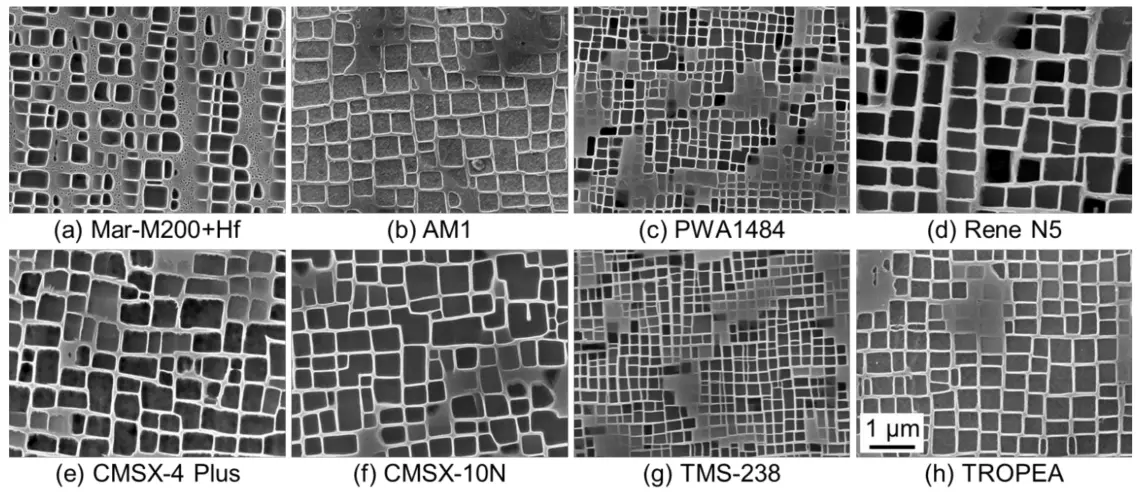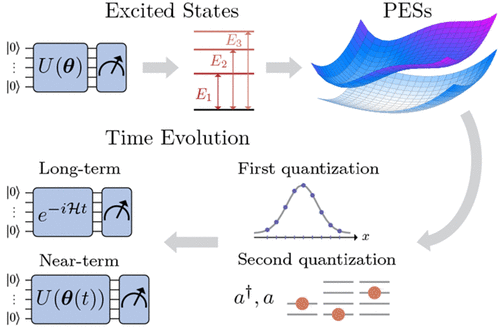
Superalloys
An alloy is a metallic material that is composed of two or more different elements, at least one of which is a metal (often, all the elements are metals). A common example is steel, which is made using carbon and iron.
A superalloy, or high-performance alloy, is an alloy with the ability to operate at a high fraction of its melting point. Key characteristics of a superalloy include mechanical strength, thermal creep deformation resistance, surface stability, and corrosion and oxidation resistance.
They are a group of nickel, iron–nickel and cobalt alloys usually used in jet engines.
Examples of such alloys are Hastelloy, Inconel, Waspaloy, Rene alloys, Incoloy, MP98T, TMS alloys, and CMSX single crystal alloys.
